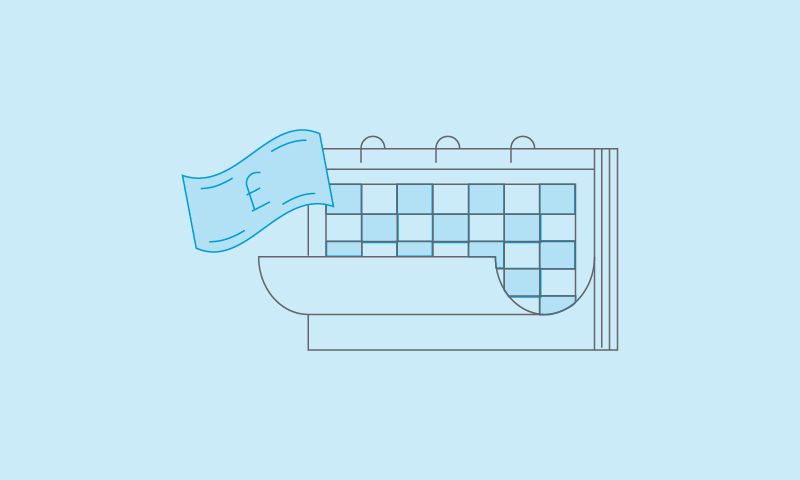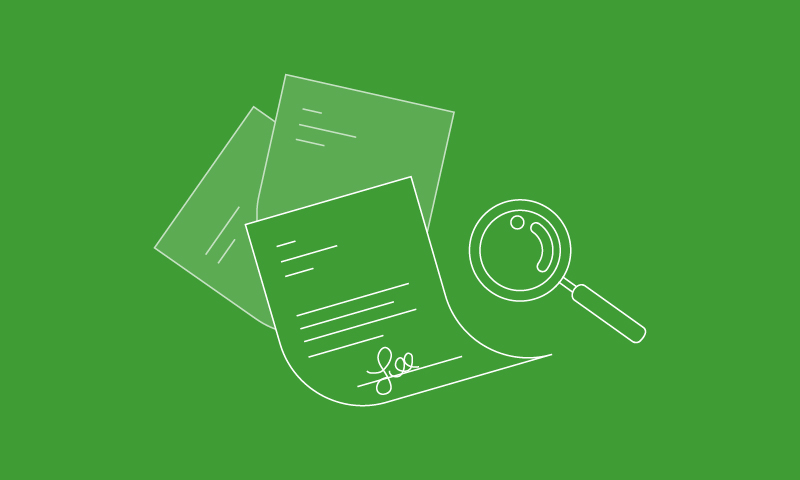30 March 2021
Property owners disposing of UK residential property, resulting in a capital gains tax bill, must report and pay the tax within 30 days of completion. However, there is a little-known exception to this rule for transactions spanning the end of the tax year.
There is no requirement to report the disposal separately, or pay the tax within 30 days, provided a self-assessment tax return is filed before the 30-day deadline. The key point is that it is usually the date of exchange that is relevant for the tax return reporting, but it is the date of completion that starts the clock for 30-day reporting.
This means that where completion takes place at the end of the tax year, or exchange and completion take place in different tax years, it is possible to file the self-assessment tax return instead. This delays the payment of tax until 31 January, and saves the time, cost, and hassle of reporting it within HMRC’s “Capital Gains Tax on UK property” account.
For example, a taxpayer sells a rental property and will have circa £20,000 capital gains tax to pay. Contracts are exchanged during February 2021, but the sale doesn’t complete until 6 April 2021. The taxpayer has 30 days from 6 April 2021 to either report and pay the tax using HMRC’s CGT on UK property account, or submit their self-assessment tax return for 2020/21 and pay the tax (which cannot be less than the £20,000) by 31 January 2022. By doing the latter, the taxpayer will have the benefit of the £20,000 for up to an additional 10 months and will save any professional fees they would have paid an advisor to deal with the 30-day reporting.
This is only an option for people who would already be required to submit a tax return for 2020/21 and there are other reasons to file your tax return early as covered by my colleague Sarah Saunders last week. It is therefore important to check how a residential property sale can be reported, instead of simply instructing a conveyancer to use HMRC’s CGT on UK property account.
There is no requirement to report the disposal separately, or pay the tax within 30 days, provided a self-assessment tax return is filed before the 30-day deadline. The key point is that it is usually the date of exchange that is relevant for the tax return reporting, but it is the date of completion that starts the clock for 30-day reporting.
This means that where completion takes place at the end of the tax year, or exchange and completion take place in different tax years, it is possible to file the self-assessment tax return instead. This delays the payment of tax until 31 January, and saves the time, cost, and hassle of reporting it within HMRC’s “Capital Gains Tax on UK property” account.
For example, a taxpayer sells a rental property and will have circa £20,000 capital gains tax to pay. Contracts are exchanged during February 2021, but the sale doesn’t complete until 6 April 2021. The taxpayer has 30 days from 6 April 2021 to either report and pay the tax using HMRC’s CGT on UK property account, or submit their self-assessment tax return for 2020/21 and pay the tax (which cannot be less than the £20,000) by 31 January 2022. By doing the latter, the taxpayer will have the benefit of the £20,000 for up to an additional 10 months and will save any professional fees they would have paid an advisor to deal with the 30-day reporting.
This is only an option for people who would already be required to submit a tax return for 2020/21 and there are other reasons to file your tax return early as covered by my colleague Sarah Saunders last week. It is therefore important to check how a residential property sale can be reported, instead of simply instructing a conveyancer to use HMRC’s CGT on UK property account.









